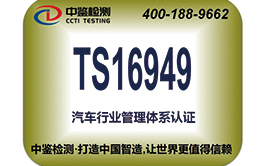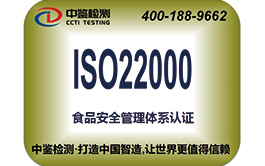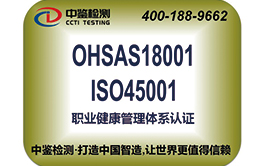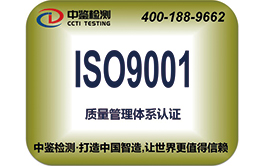SERVICE
ISO14001 Environmental Management System Certification
I. ISO14001 Environmental Management System Standard
In July 1991, the International Organization for Standardization (ISO) established the "Environmental Strategy Advisory Group" (SAGE) to put environmental management standardization issues on the agenda. After more than a year of work, SAGE made recommendations to ISO: to quality management. Similarly, a set of management standards is set for the environment to enhance organizational access and measurement of the ability to improve the environment. According to the recommendations of SAGE, ISO officially established a specialized agency TC207 in June 1993 to set up an international standard in the field of environmental management, namely the ISO14000 environmental management series.
ISO14001 is the code name for environmental management system certification. The ISO 14000 series of standards is an environmental management system standard developed by the International Organization for Standardization. It is aimed at global environmental pollution and ecological damage, and major environmental problems such as ozone layer destruction, global warming, and the disappearance of biodiversity threaten the survival and development of mankind in the future, conforming to the development of international environmental protection, according to international Formulated for the needs of economic and trade development.
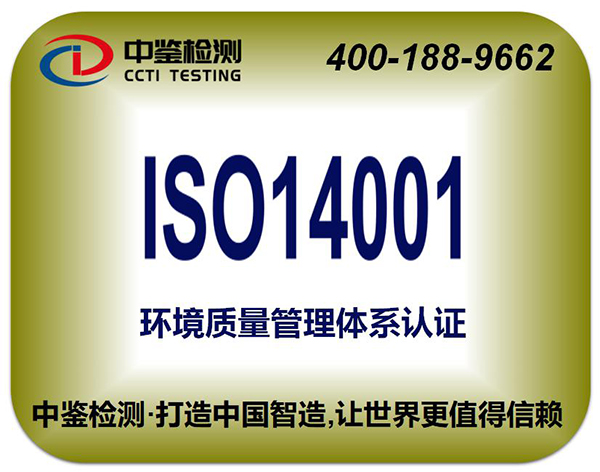
Second, ISO14001 environmental management system certification information:
2. ISO certification materials and application forms;
3. Enterprise EIA report;
Third, ISO14001 environmental management system certification process:
1. Accept the application of the applicant
The organization applying for certification must first consider the factors of authority, reputation and cost of each certification body, then select the appropriate certification body, and get in touch with it to propose an environmental management system certification application. After receiving the formal application from the applicant, the certification body will conduct a preliminary review of the applicant's application documents. If it meets the application requirements, it will sign a management system audit/registration contract with it and confirm the acceptance of its application.
2. Environmental management system audit
In the entire certification process, the review of the applicant's environmental management system is the most critical link. After the certification body officially accepts the application of the applicant, it quickly forms an audit team and appoints an audit team leader. At least one professional auditor or technical expert with the professional scope of the audit scope in the audit team assists the audit team in the audit work. .
The review is roughly divided into three steps:
1. Document review The detailed review of the preparation documents submitted by the applicant is the basic work of implementing the on-site audit. The applicant needs to prepare a document of its environmental management system. If the EMS manual of the applicant is found to be inconsistent with the requirements during the audit process, it will take effective corrective measures until it meets the requirements. After carefully reviewing these documents, the certification body is prepared to enter the on-site audit stage if it considers it to be qualified.
2. On-site audit On the basis of completing the review and pre-examination of the applicant's documents, the audit team leader shall formulate an audit plan, inform the applicant and solicit the opinions of the applicant. After the applicant receives the audit plan, if the audit plan is selected If there are different opinions on these terms or arrangements, immediately notify the audit team leader or the certification body and resolve these issues before the on-site audit. After solving these problems, the audit team officially implemented the on-site audit. The main purpose was to evaluate the environmental management by conducting on-site field visits to the applicants and verifying the actual implementation of a series of documents such as EMS manuals, program files and work instructions. The effectiveness of the system operation determines whether the environmental management system established by the applicant and the ISO14001 standard are consistent.
During the implementation of the on-site audit process, the audit team conducts internal discussions on a daily basis, which is presided over by the audit team leader, and all auditors participate in the overall assessment of the structure of the audit to determine which non-conformities found in the on-site audit need to be written. Non-conformance report and its severity.
3. Tracking and reviewing The applicant shall correct the discovered non-conformities according to the audit plan and the time specified by the certification body, and submit the corrective measures to the certification body after completion. After the certification body receives the materials, the members of the original review team are organized to follow up the effectiveness of the corrective actions. If the result of the audit indicates that the material reported by the auditee is detailed, then you can enter the registration phase.
四、报批并颁发证书:
根据注册材料上报清单的要求,审核组长对上报材料进行整理并填写注册推荐表,该表最后上交认证机构进行复审,如果合格,认证机构将编制并发放证书,将该申请方列入获证目录,申请方可以通过各种媒介来宣传,并可以在产品上加贴注册标识。
V. Supervision, inspection, review and renewal:
During the validity period of the certificate, the certification body supervises and inspects the certified enterprise to ensure that the environmental management system meets the requirements of the ISO14001 standard and can operate effectively and effectively. After the validity period of the certificate expires, or after the company's certification scope, model, organization name, etc. have undergone major changes, the certification body accepts the enterprise's application for renewal of the certificate to ensure that the enterprise continuously improves and improves its environmental management system.
Sixth, ISO14001 environmental management system certification benefits:
1. Establish a corporate image and increase the visibility of the company;
2. Encourage enterprises to consciously abide by environmental laws and regulations;
3. Encourage enterprises to consider their environmental impacts in their production, operations, services and other activities, and reduce environmental load;
4. To enable enterprises to obtain a “green pass” to enter the international market;
5. Enhance the environmental awareness of employees;
6. Encourage enterprises to save energy, recycle waste, and reduce operating costs;
7. Encourage enterprises to strengthen environmental management.
Shenzhen CCTI Technology Co., LTD. has unique advantages in ISO system certification, and can quickly help major enterprises to handle ISO9001 quality management system certification, ISO14001 environmental quality system certification, OHSAS18001 occupational health and safety management system, ISO/TS16949 automotive quality management. System certification, ISO22000 food safety management system, HACCP certification, ISO13485 medical device quality management system, ISO/IEC27001 certification, ISO20000 certification, AS9100 aerospace quality management system certification, GB/T50430 engineering construction and construction enterprise quality management norms, TL9000 communication quality management System, QC080000 electrical hazardous substance management system standard, SA8000 social responsibility standard, IRIS international railway industry standard, ISO14064 greenhouse gas management standard, CMMI, forest certification, GJB9100B, organic products, energy management system, laboratory accreditation, measurement management system, measurement Process and measurement equipment requirements certification consulting and training business.

